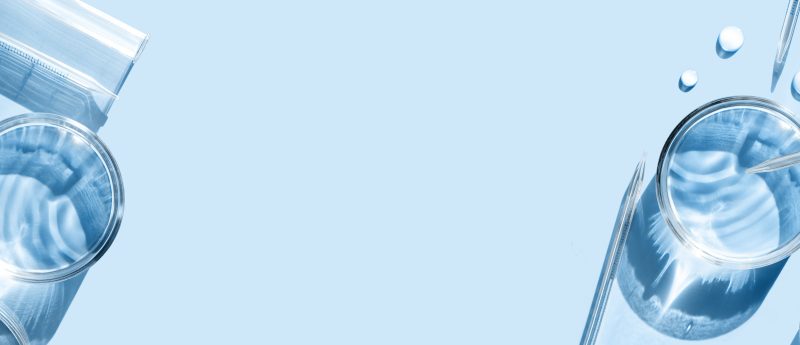Potential diabetes biomarker identified in breath samples

Researchers from the University of Oxford (UK) have identified a potential biomarker of diabetes detectable in breath samples. The sweet-smelling chemical marker has been linked to an accumulation of chemicals in the blood that occurs when insulin levels are low.
Children with Type 1 diabetes often are not diagnosed with the disease until after they develop diabetic ketoacidosis (DKA). When the body experiences a severe lack of insulin, such as in Type 1 diabetes, the body cannot use glucose for generating energy. To compensate, fat is broken down instead, and the by-products of this process are organic compounds called ketones. If this is not detected at an early stage, the ketones can accumulate and the body becomes too acidic.
One of the by-products formed in the development of DKA is acetone, the simplest molecule of the ketone class of compounds. The body usually disposes of the chemical through the breath, and has long been known to give that of diabetes patients a distinctive sweet smell.
The research team collected breath and blood samples contemporaneously from 133 children and adolescents between the ages of 7 and 18. The breath acetone concentrations were measured and compared with the capillary blood glucose and ketone levels. The team identified a relationship between an increased concentration of acetone in the breath and increased levels of blood ketones that indicate DKA.
Gus Hancock, who co-authored the study, commented on the research: “Our results have shown that it is realistically possible to use measurements of breath acetone to estimate blood ketones. We are working on the development of a small hand held device that would allow the possibility of breath measurements for ketone levels and help to identify children with new diabetes before DKA supervenes. Currently testing for diabetes requires a blood test which can be traumatic for children.”
Source: Sweet-smelling breath to help diabetes diagnosis in children.






